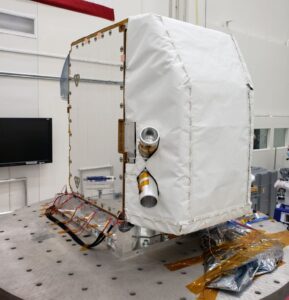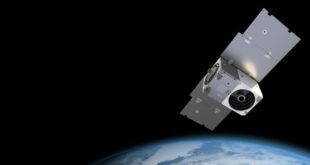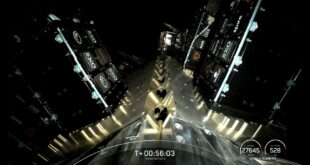
London, 20 September 2023.- The imaging spectrometer, developed by NASA JPL for the Tanager program, was handed off to Planet, an American public Earth imaging company, for integration onto the Tanager 1 hyperspectral satellite on the 14th of September.
The imaging spectrometer will detect, pinpoint and quantify point source emissions of methane and carbon dioxide. The mission marks a milestone for the Carbon Mapper Coalition, a public, private partnership announced in 2021. The Coalition aims to gain a deeper understanding of global methane and carbon dioxide emissions.
As part of the coalition, Planet is actively building and launching two hyperspectral satellites, Tanager 1 and Tanager 2. Tanager 1 is expected to be ready for launch by 2024.
Planet is continuing to push the Pelican Program forward. The first Tech Demo, TD1, is fully built and expected to be ready for launch later this year. TD1’s primary mission will be to test the satellite platform and operational systems on-orbit. The Pelican and Tanager constellations share a common body that holds each payloads scientific instruments. The lessons learned from TD1 will be integrated into upcoming Pelican and Tanager satellite builds.
Planet is collaborating with users in their Early Access Program (EAP) to understand how hyperspectral data will deliver the greatest value to their organisations. The EAP program leverages synthetic data developed in partnership with Rendered.ai aim to generate well-rounded market feedback for the satellite program and unearth innovative applications and use cases for future hyperspectral data.
 SpaceWatch.Global An independent perspective on space
SpaceWatch.Global An independent perspective on space




